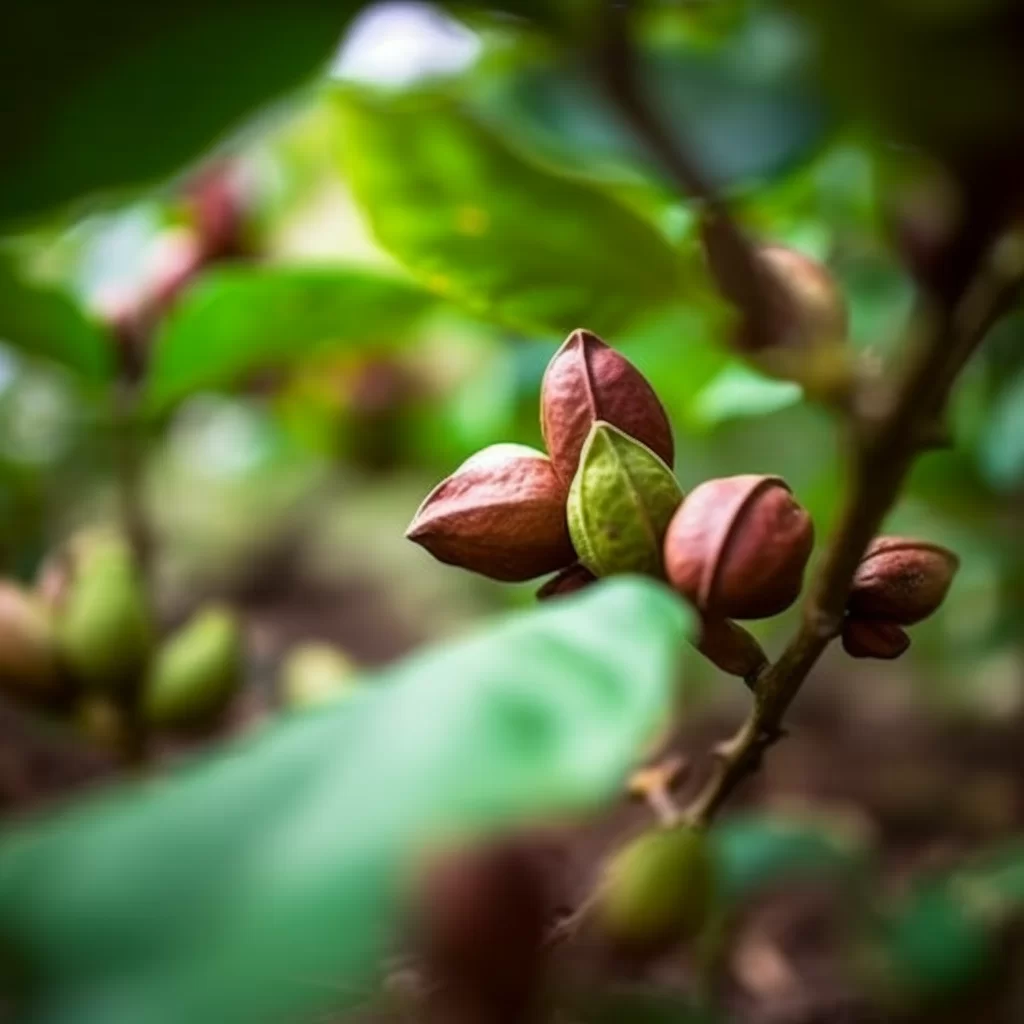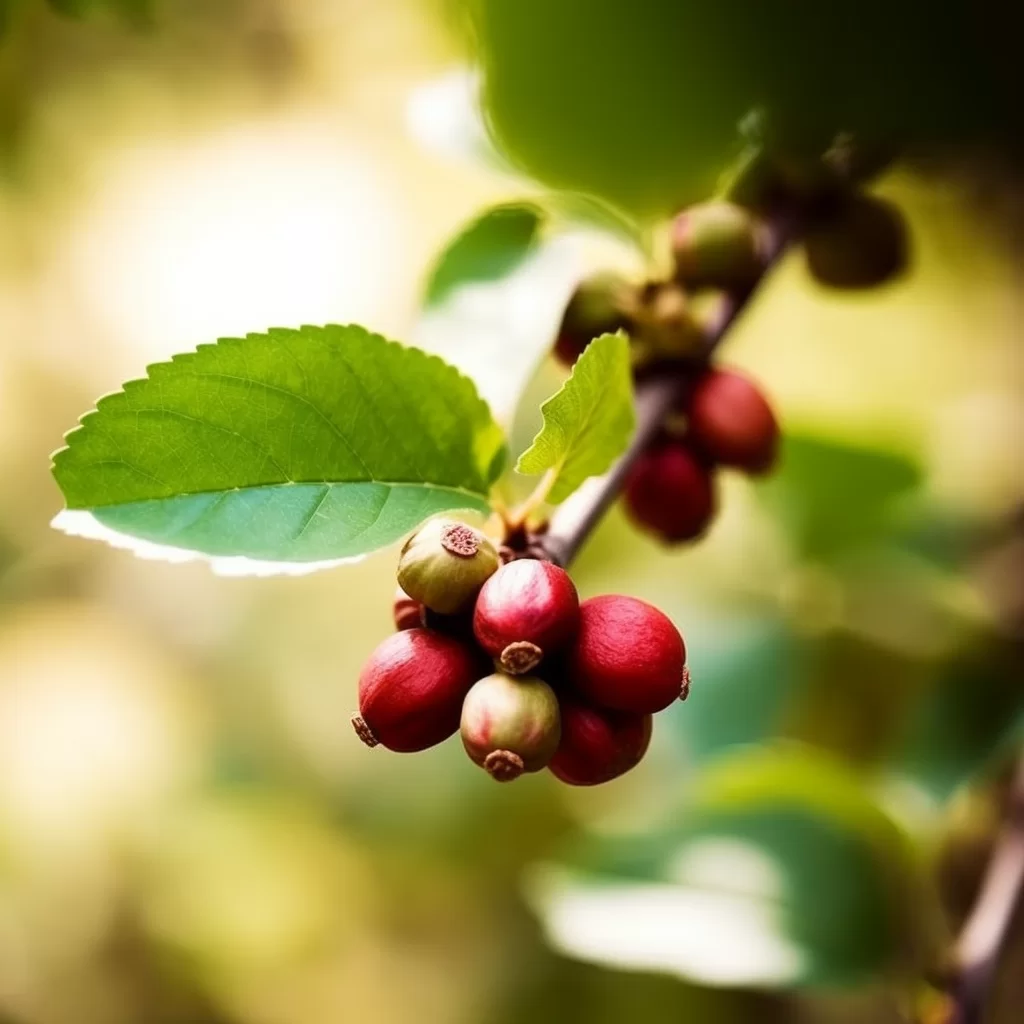Story of Day :
Contents
The Hazelnut Plant: A Complete Guide and Care Tips
Are you looking for a nut tree that is easy to grow, deliciously sweet, and can be used in various recipes? Look no further than the hazelnut plant! This hardy deciduous shrub is perfect for gardeners of all skill levels.
In this guide, we will cover everything you need to know about growing and caring for a hazelnut plant.
What is a Hazelnut Plant?
A hazelnut plant, also known as Corylus avellana, is a deciduous shrub that belongs to the Betulaceae family.
It produces edible nuts commonly used in baking, confectionery products or roasted as snacks.
Where Does Hazelnut Grow?

Hazelnuts are native to Europe and Asia but have been successfully introduced in other parts of the world including North America.
They thrive in cooler climates where summers aren’t too hot nor winters too harsh.
They grow best on well-drained soils with moderate fertility.
Varieties Of Hazelnuts
- Filberts: These produce larger nuts than other varieties.
- Ratibida: These produce smaller nuts but have an excellent flavor profile.
- Tonda di Giffoni:This variety has high-quality flesh with good taste properties adapted mainly for Mediterranean climates
Hazelnuts Planting & Propagation
The best time to plant your hazel bushes is during late winter or early spring when they are dormant although it’s also possible during autumn before frost sets in.
To propagate your plants from existing shrubs, you can dig out suckers or use hardwood cuttings taken during the dormant season.

Site Selection
Choose a spot with full sun to partial shade in well-drained soils.
The area should be sheltered from strong winds that can damage the plants.
Since hazelnuts are shallow-rooted, they need adequate moisture but not waterlogged soils.
Care Tips for Hazelnut Plants
- Watering: Water your hazelnut plant regularly especially during dry periods.
You may also add organic mulch around the base of the shrub to conserve soil moisture and suppress weed growth.
- Fertilization: Apply manure or compost before planting to improve soil fertility.
Also, apply a balanced fertilizer such as NPK (nitrogen, phosphorous and potassium) annually but avoid over-fertilizing since it can lead to excessive foliage growth at the expense of nut production.
- Pest and Disease Control: Keep an eye on pests such as aphids or spider mites which could infest your plants- spray them with insecticidal soap if necessary.
Also watch out for diseases like Eastern Filbert Blight which could destroy entire orchards- prune off blighted branches as soon as possible after symptoms appear
- Cropping and Pruning: Typically takes about three years after planting before you start seeing a good harvest; prune during winter months when there is little chance of damage due to frostbite

The Harvest Season
Hazelnuts ripen in late summer/early autumn typically between August and October depending on where they grow.
To know when they are ready for harvesting simply shake tree branches and if the nuts fall off easily then they are ripe.
Alternatively, you could check for signs of cracking shells which indicate that it’s time to harvest.
Hazelnut Uses
Aside from being eaten raw or roasted as snacks, hazelnuts have a wide range of culinary applications including baking pastries such as cakes and cookies.
They are also a source of nutritious oil used in cooking or cosmetics industries.
Moreover, hazels can be grown as ornamental shrubs in gardens for their attractive foliage especially during autumn when their leaves turn golden yellow before falling off.

Conclusion
A well-planted and maintained hazelnut plant can provide you with an abundant harvest of delicious nuts year after year.
Follow these tips on planting, care and harvesting to enjoy the benefits that come with this hardy shrub.